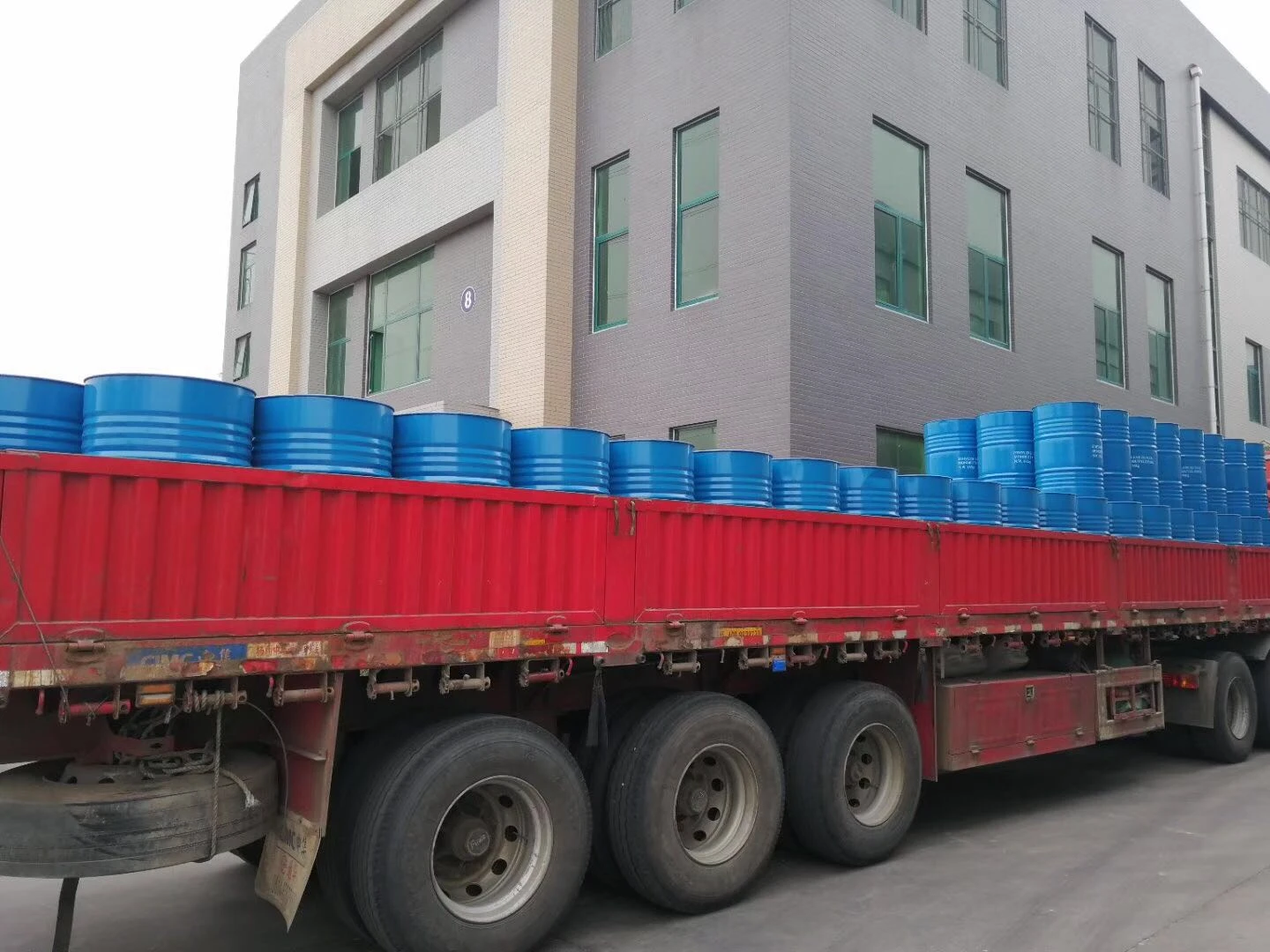Fillers Used in Plastics Enhancing Performance and Reducing Costs
Plastics are ubiquitous in modern life, found in everything from packaging materials to automotive components, electronics, and construction. To enhance the properties of plastics and reduce production costs, manufacturers often incorporate fillers into polymer formulations. Fillers can modify various characteristics of plastics, such as mechanical strength, thermal stability, and appearance. This article delves into the types, benefits, and considerations of using fillers in plastics, as well as their growing significance in the industry.
Types of Fillers
Fillers can be broadly classified into two categories inorganic fillers and organic fillers. Inorganic fillers include materials such as calcium carbonate, talc, mica, and glass fibers. These fillers are often used to improve strength, rigidity, and thermal resistance while also reducing production costs. Calcium carbonate, for instance, is frequently employed in polyolefins and PVC to enhance stiffness and durability, while talc is known for its ability to improve the impact strength of polypropylene.
Organic fillers, on the other hand, typically include wood flour, natural fibers (like flax or jute), and synthetic materials like polymer beads. These organic fillers are gaining traction due to their sustainability credentials and lower environmental impact. For example, using natural fibers can contribute to making plastics more biodegradable and reducing the carbon footprint of plastic products.
Benefits of Using Fillers
Incorporating fillers into plastics offers numerous advantages. One primary benefit is cost reduction. By replacing a portion of the more expensive polymer resin with cheaper filler materials, manufacturers can significantly decrease production costs without compromising product performance.
Another advantage is improved mechanical properties. Fillers can enhance stiffness, tensile strength, and impact resistance, making the final product more durable. For example, adding glass fibers to thermoplastics can greatly increase their strength and heat resistance, making them suitable for demanding applications, such as automotive parts and electrical housings.
fillers used in plastics

Fillers can also contribute to improved processing characteristics. Certain fillers can enhance the flow properties of plastics during the manufacturing process, facilitating easier molding and extrusion. For instance, adding talc can improve the processability of polypropylene, allowing for faster production cycles and more efficient operations.
Moreover, fillers can influence the appearance of plastic products. They can be used to achieve specific finishes and textures or alter the color of the final product. For example, adding titanium dioxide not only provides opacity and whiteness but also can enhance UV resistance in outdoor applications.
Considerations in Filler Selection
While fillers provide numerous benefits, several factors must be considered when selecting the appropriate filler for a plastic application. One critical aspect is the compatibility of the filler with the base polymer. Incompatible fillers can lead to poor dispersion, which may adversely affect the mechanical properties and stability of the final product. Therefore, surface treatments on fillers or the use of coupling agents might be necessary to enhance compatibility.
Another consideration is the environmental impact of the fillers. As sustainability becomes increasingly important, manufacturers are seeking eco-friendly alternatives that do not compromise performance. Using organic fillers made from renewable resources presents an opportunity to reduce the environmental footprint of plastic products.
Additionally, the regulatory compliance of fillers is mandatory, particularly for applications related to food contact or children’s toys. Ensuring that the fillers used do not leach harmful substances is vital for consumer safety.
Conclusion
The incorporation of fillers in plastics plays a crucial role in enhancing performance and reducing manufacturing costs. As industries strive for greater efficiency and sustainability, the demand for innovative filler solutions will continue to rise. Whether through inorganic or organic materials, fillers offer a pathway to improve the functionality and environmental impact of plastic products. As technology advances, the future may bring even more sophisticated additives that not only meet performance standards but also align with global sustainability goals, ensuring that plastics remain a versatile and responsible material in our modern world.

